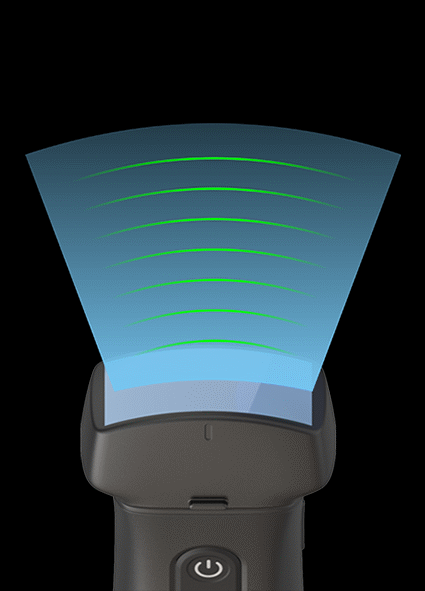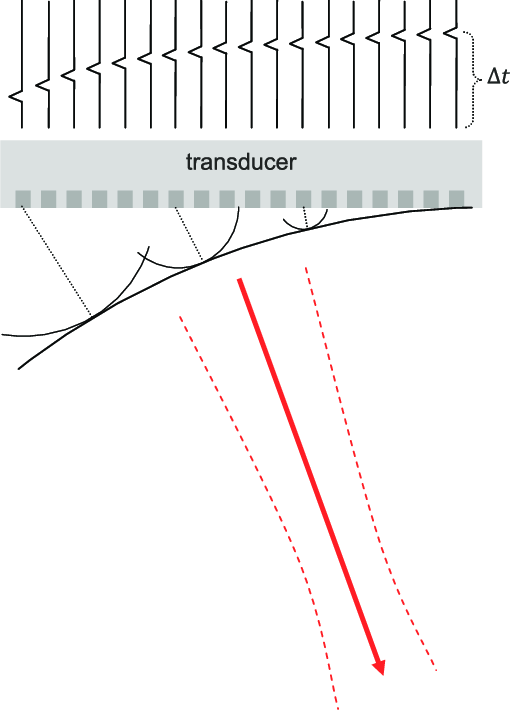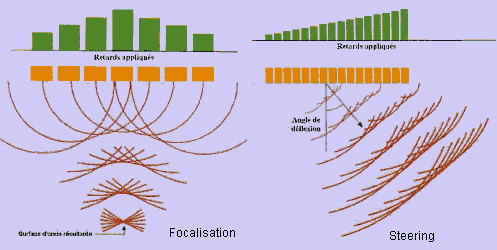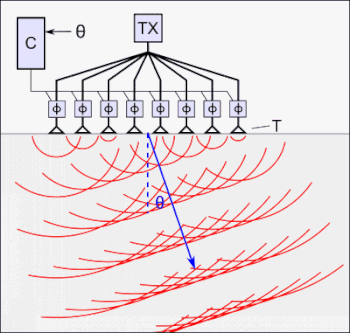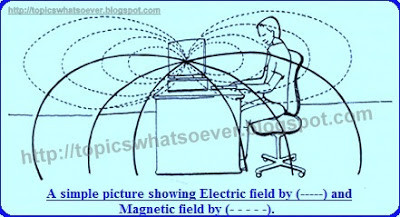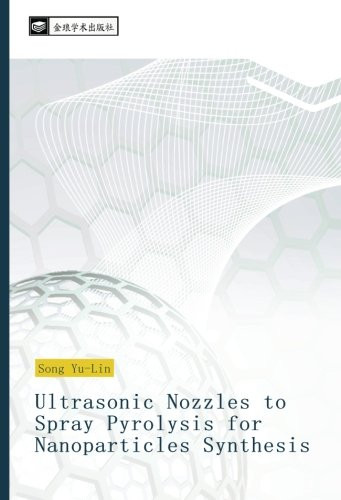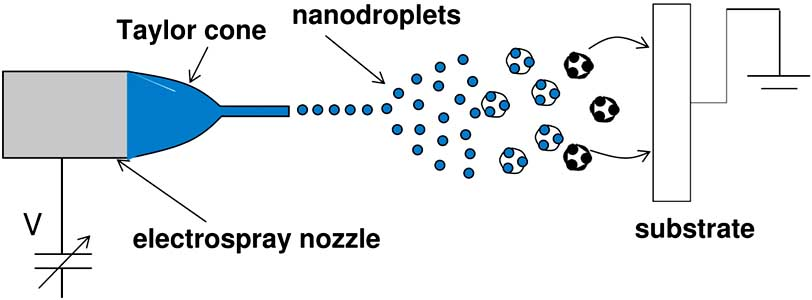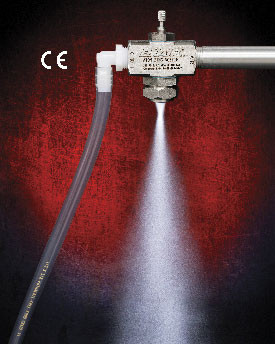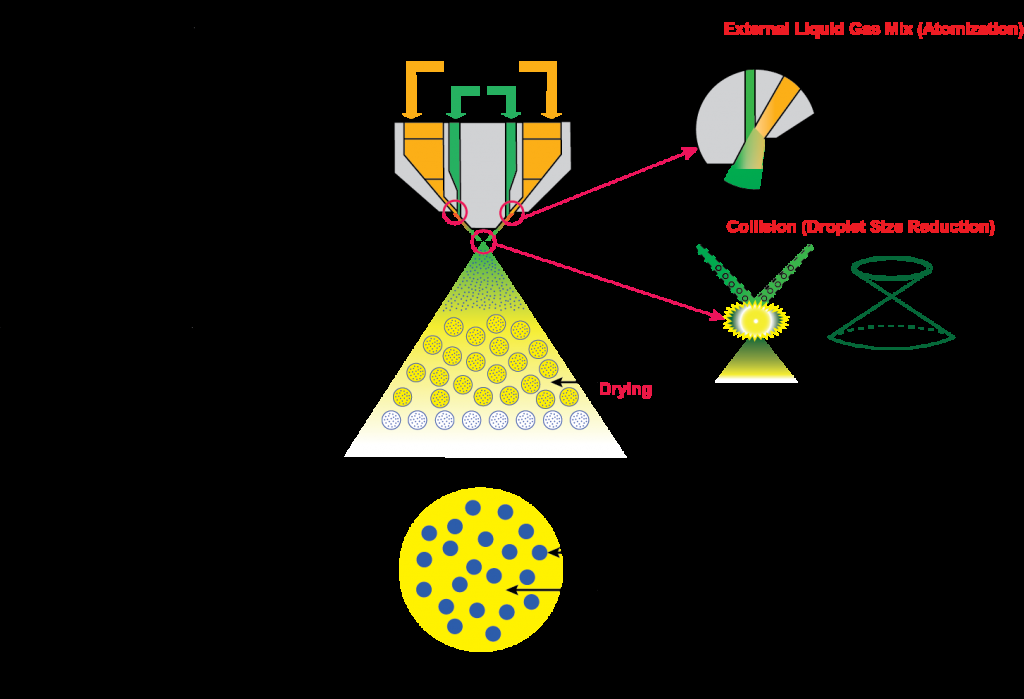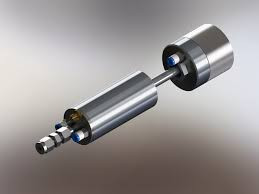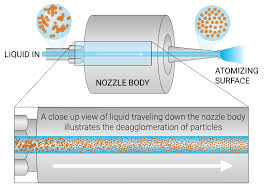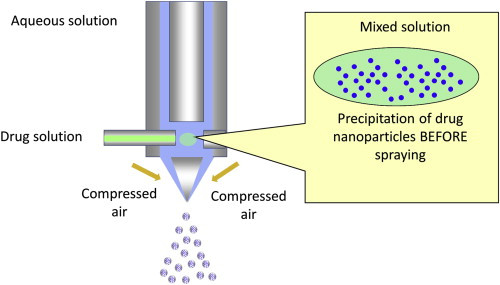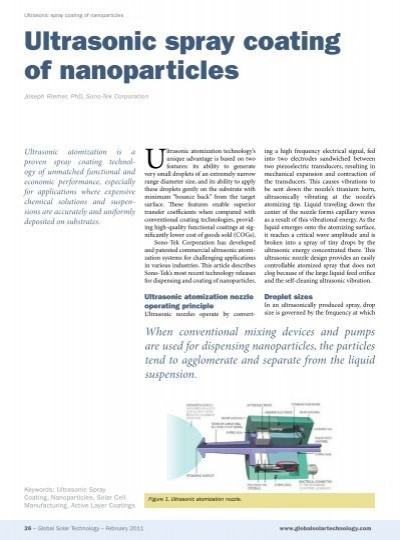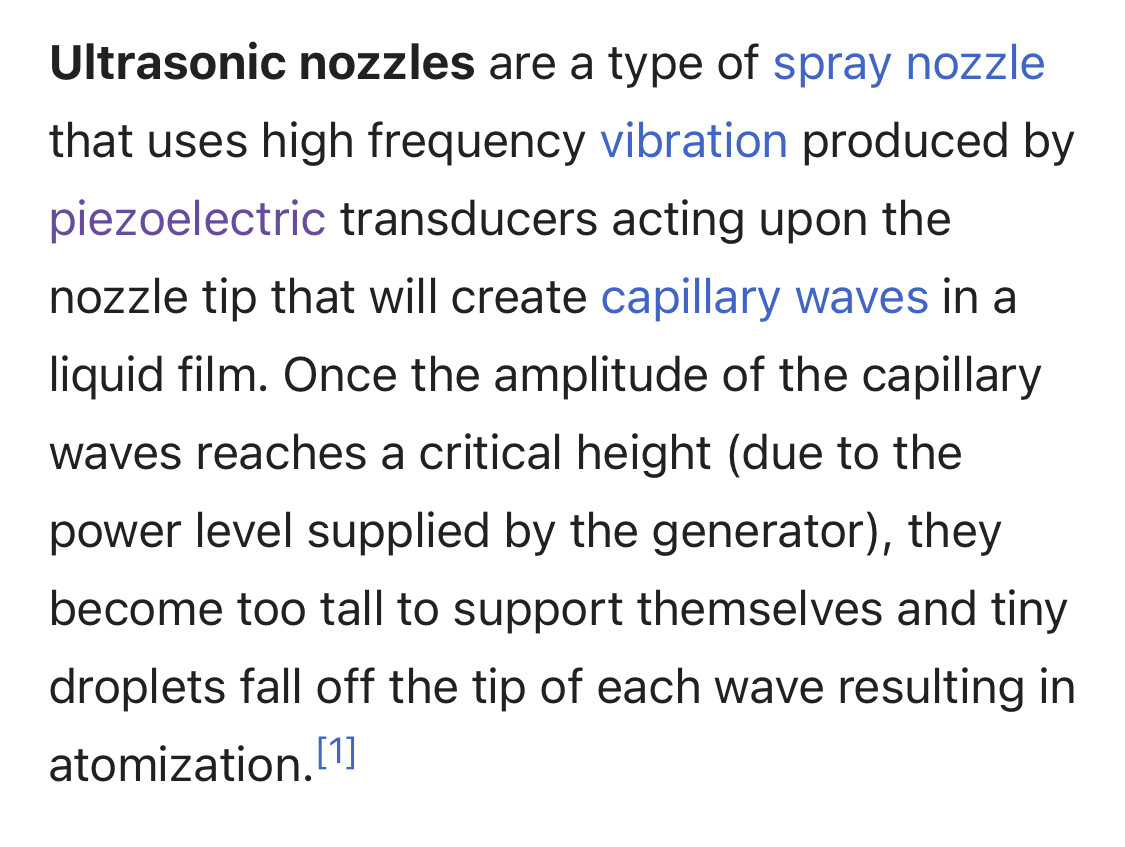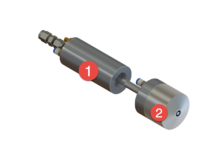I just need to repost this.
Electroporation, or electropermeabilization, is a microbiology technique in which an electrical field is applied to cells in order to increase the permeability of the cell membrane, allowing chemicals, drugs, or DNA to be introduced into the cell (also called electrotransfer).
[2][3] In microbiology, the process of electroporation is often used to transform bacteria, yeast, or plant protoplasts by introducing new coding DNA.
If bacteria and plasmids are mixed together, the plasmids can be transferred into the bacteria after electroporation, though depending on what is being transferred cell-penetrating peptides or CellSqueeze could also be used.
Electroporation works by passing thousands of volts across a distance of one to two millimeters of suspended cells in an electroporation cuvette (1.0 – 1.5 kV, 250 – 750 V/cm).
[contradictory] Afterwards, the cells have to be handled carefully until they have had a chance to divide, producing new cells that contain reproduced plasmids. This process is approximately ten times more effective than chemical transformation.[2][4]
"volts across a distance of one to two millimeters"
A voltage-controlled oscillator (VCO) is an electronic oscillator whose output frequency is proportional to its input voltage. An oscillator produces a periodic AC signal, and in VCOs, the oscillation frequency is determined by voltage.
Abstract:Phased array antennas can steer transmitted and received signals without mechanically rotating the antenna. Each radiating element of a phased array is normally connected to a phase shifter, which determines the phase of the signal at each element to form a beam at the desired angle.
The most commonly used phase shifters are ferrite and diode phase shifters. Phase shifters using ferroelectric materials have been proposed previously. A typical phased array may have several thousand elements and is very expensive. Therefore, reducing the cost and complexity of the phase shifters and the phase shifter controls is an important consideration in the design of phased arrays.
The phased array described uniquely incorporates bulk phase shifting, the array does not contain individual phase shifting, using a ferroelectric material along with simpler phase shift control.
Bulk phase shifting using diodes has been proposed and developed in the Radant lens.
The lens described uses a voltage controlled ferroelectric, which introduces an analog phase shift rather than a digital phase shift as in the Radant lens.
The ferroelectric lens has further advantages of smaller lens thickness, higher power handling, simpler beam steering controls, and it uses less power to control the phase shift compared to the Radant lens. Thus, it can potentially lead to low cost phased arrays.
Ps, The key principle used in Phase Shift Masks is that light passing through any media will undergo a phase shift proportional to the thickness of the material.
Are we under attack?

